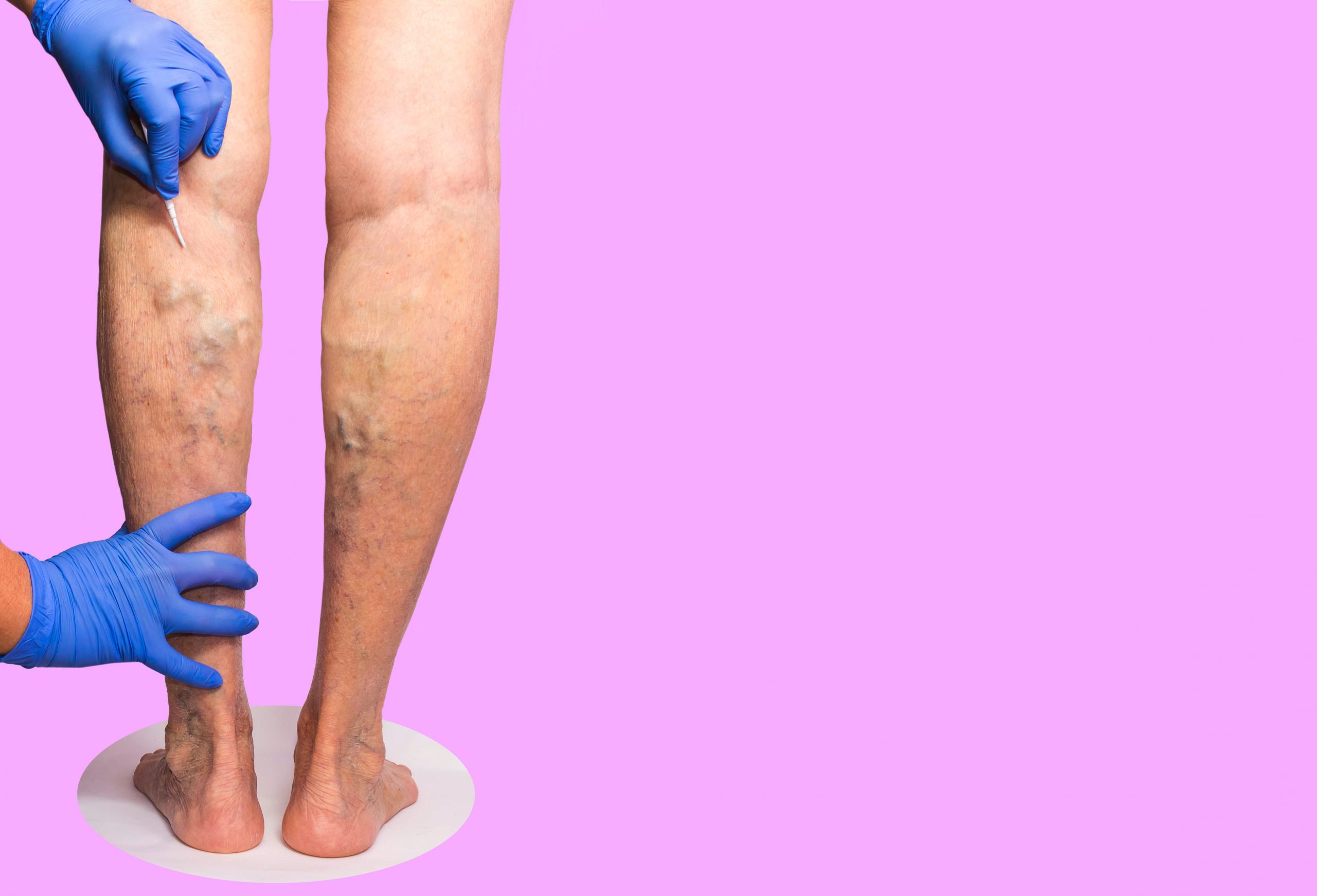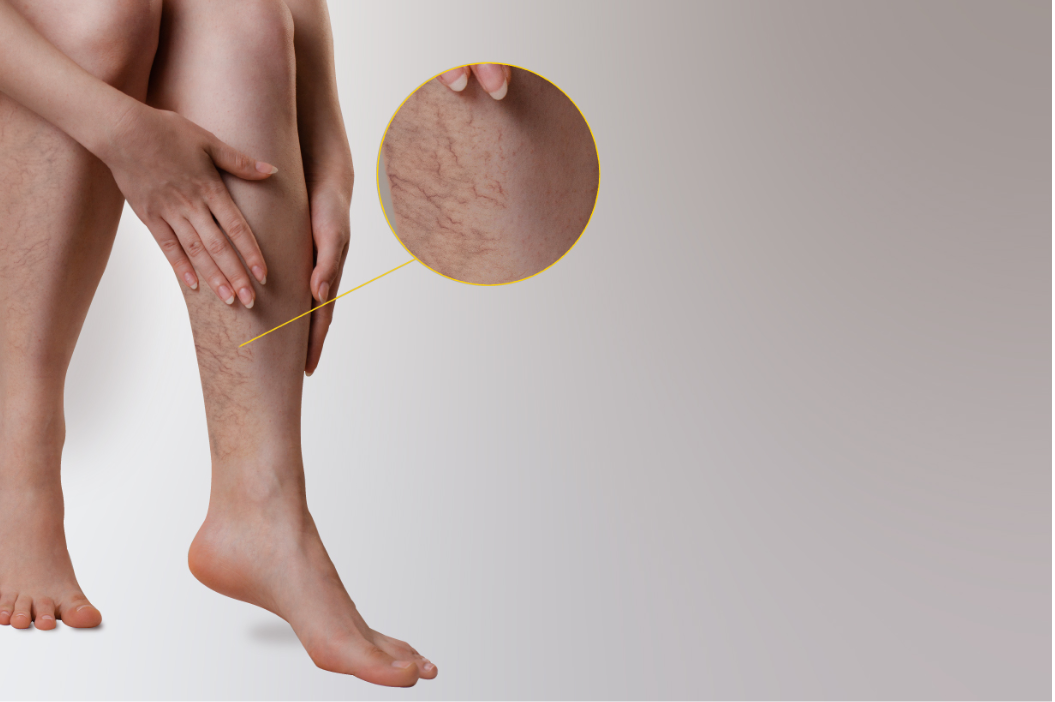Everything You Need to Know About Varicose Vein Removal
The main complication from varicose veins is the other complication in the body. Varicose veins are those swollen and twisted veins usually visible on the legs and can be suffered by anyone, though they are more prevalent in women. Although they are generally asymptomatic, varicose veins can cause pain, discomfort, and concerns about their appearance. As for the patients in search of help, different kinds of treatments are offered to them. It is necessary to know is it worth getting varicose veins removed?. You will become familiar with this through this article. So, to know more about the same, continue reading it.
Understanding Varicose Veins
Before exploring removal methods, it is crucial to know the causes of varicose veins. These include genetics, age, pregnancy, obesity, and long working hours of sitting or standing. The signs may consist of visible veins, usually bluish or purplish, skin ache, swelling, and even skin ulcers if the case is severe.

Non-Surgical Treatments
Compression Stockings are usually the first step when one starts showing signs of the disease. They exert pressure on the legs and assist with blood drainage in veins while alleviating swelling.
Lifestyle Changes: Easing symptoms entails frequent exercise, losing weight, raising the legs, and not staying in one position for a long time, whether standing or sitting.
Sclerotherapy: This involves administering a solution that scars and blocks the veins. The treated vein gradually becomes inconspicuous as the blood is redirected to other, healthier veins. This procedure is ideal for treating minor varicose veins and spider veins.
Laser Treatments: Both surface laser treatment and endovenous laser treatment are possible. Surface laser treatments are used in cases of small veins, while in endovenous laser treatments, a laser fiber is inserted into the vein. This is achieved through the use of laser energy, where the targeted vein collapses and is sealed off.
Radiofrequency Ablation (RFA): Like EVLT, RFA uses radiofrequency energy to treat the vein by heating it until it closes. This method is suitable for large veins, and one can quickly recover after a few days.

Endovenous Foam Sclerotherapy: A foam solution is then injected into the vein, expanding it and sealing it completely. This technique is most effective for treating large varicose veins. However, as with many other surgical procedures, it has certain complications.
Post-Treatment Care
However, certain guidelines must be followed to ensure the treatment is effective and relieves pain and discomfort. Some of the things that are recommended for patients include the use of elastic stockings, refraining from rigorous exercises and lifting, and elevating the legs. A number of follow-up appointments should be made to gauge the effectiveness of the treatment and intervene in the event of an adverse reaction.
Conclusion
Varicose veins are the most common problem faced by women of their age. People with varicose veins must be treated on time by a specialist, as failing to do so may lead to further problems. It's time to discover what is the latest treatment for varicose veins so that you can get the best results and improve your overall health.
Comments
Post a Comment